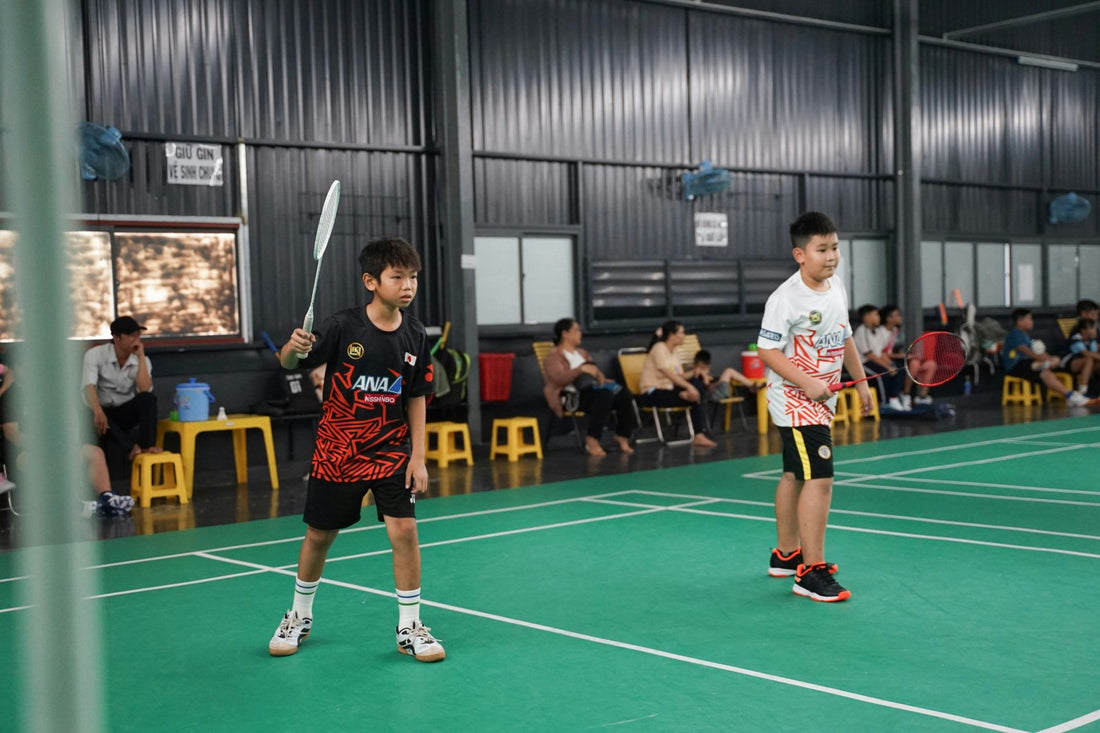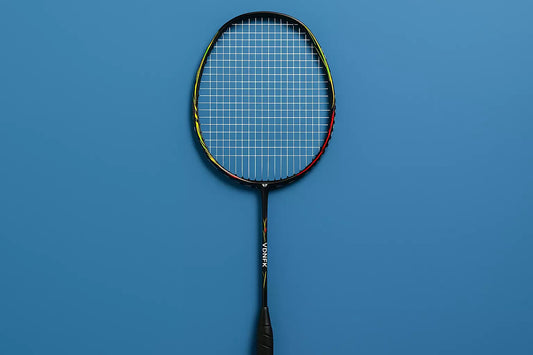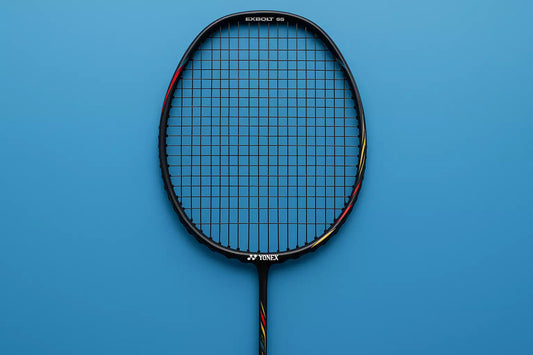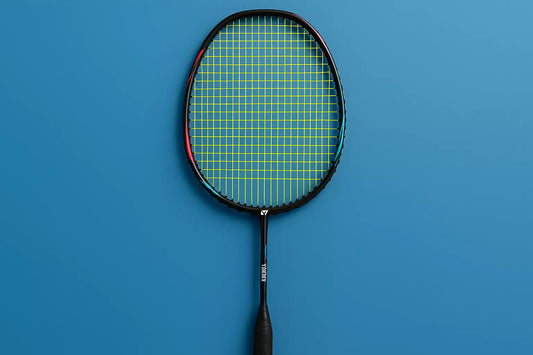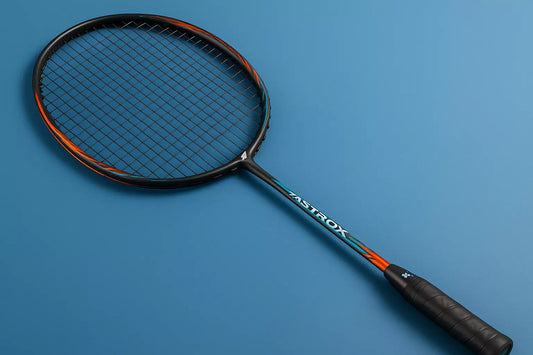When it comes to badminton, the string tension of your racket plays a crucial role in shaping your game. Whether you’re a beginner, intermediate, or advanced player, understanding how string tension impacts your shots can help you select the ideal setup for your playing style. This blog explores how string tension differs for players of all levels and offers guidance on finding the right tension for your game.
What Is Badminton String Tension?
String tension refers to how tight the strings are strung within the racket. A higher string tension means the strings are pulled tighter, while a lower tension means they are looser. String tension is measured in pounds (lbs) or kilograms (kg), and it can affect your racket's power, control, and feel. The tension you choose depends on several factors, including your playing style, skill level, and the type of string you use. It’s an essential consideration that directly impacts your performance on the court.
String Tension for Beginner Players (Low Tension: 18-22 lbs)
For beginners, lower string tensions in the range of 18 to 22 lbs are recommended. At lower tensions, the strings are looser, which allows for more power and a larger sweet spot. This is especially helpful for players who are still developing their technique, as it reduces the risk of mishits and helps generate power without needing to rely on perfect technique.
-
More Power: Lower tension strings provide more power by allowing the strings to ‘give’ more upon impact with the shuttle. This means that even with less force applied, the shuttle will still travel with greater speed.
-
Forgiveness: A larger sweet spot at lower tension means off-centre hits are more forgiving, giving beginners more margin for error.
- Comfort: Lower tension also creates a softer feel and is easier on the arm, making it more comfortable for players who are just getting used to the demands of badminton.
Although low tension is great for beginners, as players progress, they may need to experiment with higher tension to gain more control over their shots.
String Tension for Intermediate Players (Medium Tension: 22-26 lbs)
As players move into the intermediate level, their skills improve, and they begin to rely more on consistency and precision. This is where medium tension strings, ranging from 22 to 26 lbs, come into play. Medium tension provides the perfect balance between power and control, making it ideal for players who are looking to refine their shot accuracy.
-
Balance of Power and Control: Medium tension allows for both controlled shots and sufficient power. The slightly tighter strings give more control without significantly sacrificing power.
-
Improved Feel: At medium tension, players will notice better feedback from their racket, allowing for more precise placement of the shuttle.
- Versatility: This tension range suits players who want to play a wider range of shots with consistency, from smashes to drops, and everything in between.
This tension is perfect for intermediate players who want to take their game to the next level by improving shot control and consistency while still generating enough power.
String Tension for Advanced Players (High Tension: 26-30 lbs and above)
For advanced players, the focus is generally on precision, speed, and consistency. As such, higher string tensions ranging from 26 to 30 lbs or even above are commonly preferred. Advanced players who possess refined technique often benefit from tighter strings as they provide superior control.
-
More Control: High tension strings provide better control over shots, allowing for greater accuracy when placing the shuttle. This is especially important in fast-paced rallies where precision is key.
-
Reduced Power: Higher tension reduces the power generated by the strings but enhances control. Advanced players are able to generate their own power through their technique, so the benefit of tighter strings lies in their ability to place the shuttle exactly where they want it.
- Faster Response: High tension strings offer a more responsive feel, making it easier to react quickly to fast shots, execute sharp smashes, and control delicate net plays.
Higher tension strings are ideal for advanced players who rely on technical skill and want to fine-tune the placement of their shots. However, they also require a stronger technique to get the most out of them.
How to Choose the Right String Tension for Your Playstyle
When choosing your string tension, it’s essential to consider your playing style as well as your physical strength. If you generate a lot of power in your shots, you might want to opt for higher tension strings to maximise control. Conversely, if you're still building strength or focus on precision, lower tension could help with power and forgiveness. Additionally, the type of string you use plays a role in how the tension feels. Multifilament strings tend to provide more power at lower tensions, while polyester strings offer better durability and control at higher tensions.
Choosing the right string tension can have a significant impact on your performance, whether you're a beginner, intermediate, or advanced player. Beginners will benefit from lower tensions for more power and forgiveness, intermediate players should consider medium tension for a balance of control and power, while advanced players prefer higher tension for superior control and precision. The key is to find the tension that suits your playing style, technique, and the type of shuttle shots you want to execute. Experimenting with different tensions can be an exciting part of improving your badminton game, and our expert stringing service can help you achieve the ideal setup.

